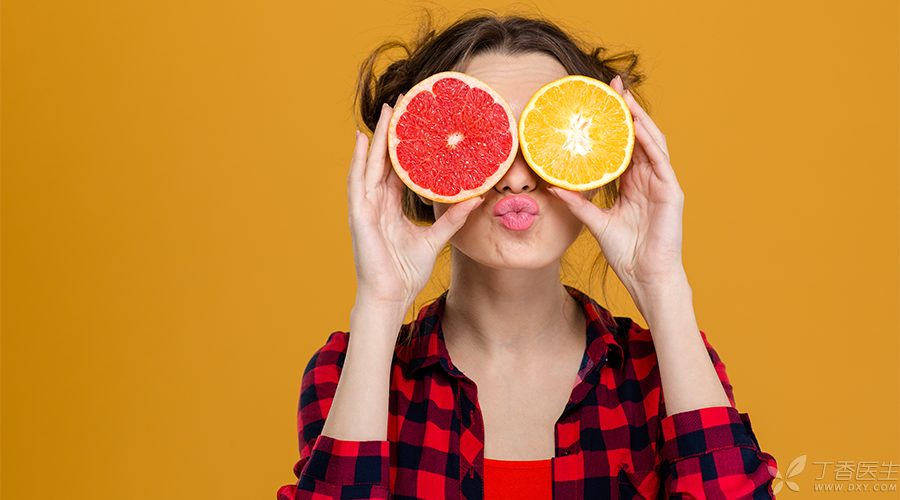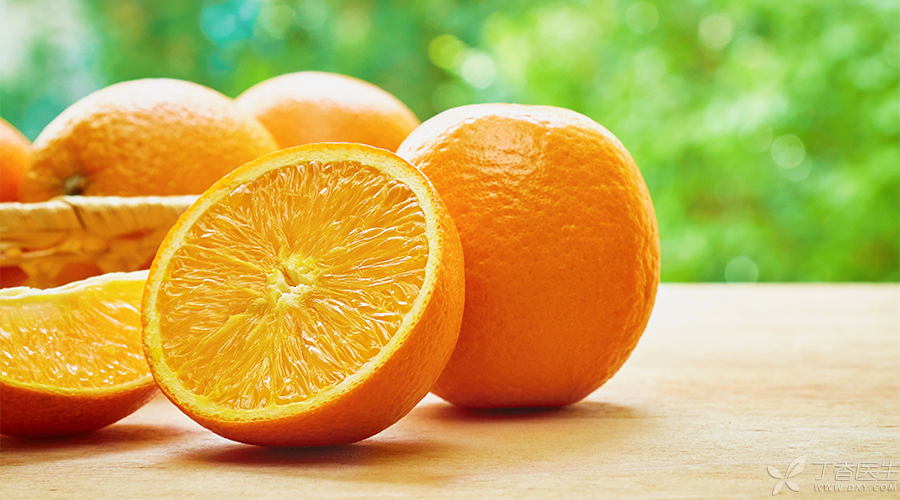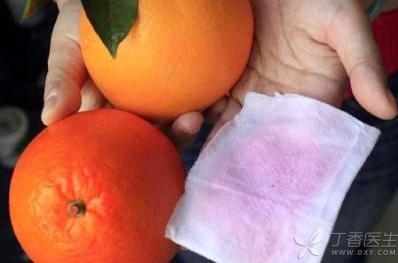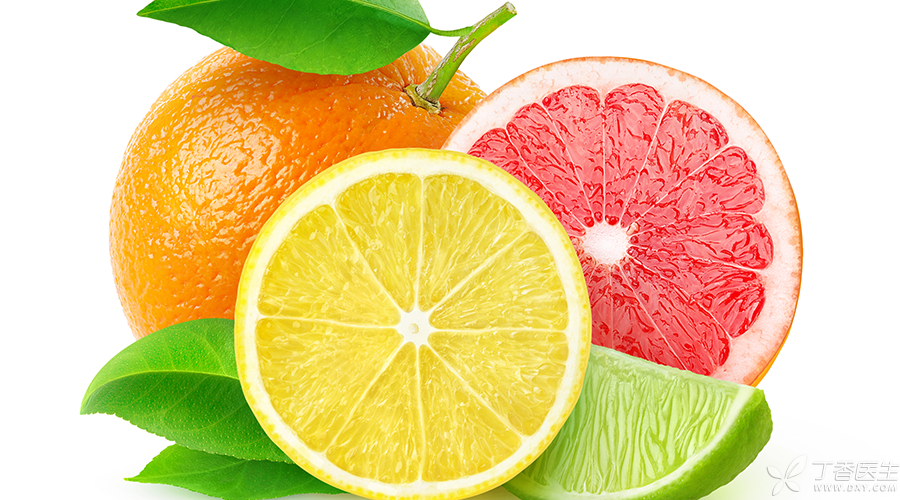
The recent [dyed oranges] incident has caused a lot of uproar.
It is said that whenever you touch an orange, your hands will turn red.

At first glance, it is really scary. Many people expressed their concern.
Can I still eat this orange?
Will you be poisoned after eating?
… …
Don’t worry, let’s talk about this today.
Where did you get the orange peel color?

The color of orange peel mainly comes from carotenoids, and the color of flowers and fruits of plants in nature often comes from them (such as tomatoes, peppers, calendula, etc.).
The color difference of oranges is not due to the different content of carotenoids, but mainly due to the different proportion of carotenoids.
Artificial color mixing to make orange peel look better?
Sometimes, naturally grown oranges may not look good, for example.
- The ripening time inside and outside oranges is not synchronized, the pulp is ripe, and the epidermis is still blue. Climate causes the synthesis of orange epidermis pigment to lag behind.
At this time, manufacturers will use some [auxiliary means] in order to make their oranges look good:
- The more common method is to use some growth regulators (such as ethylene) during fruit ripening. Thiosulfate was added.
These methods can help the fruit ripen and turn yellow, and can also make the fruit bigger and have higher sugar content.
If used reasonably, it can really turn the epidermis yellow without affecting the internal quality of oranges. However, if the amount of ethylene is too large, it is easy to cause fruit dehydration, pedicle browning and peeling off, and accelerate decay.
What is the color fading?

The growth regulator mentioned earlier belongs to normal agricultural technology, but some unscrupulous merchants pick the fruits before they are ripe in order to grab the market and sell them at high prices, and then treat them in a simpler and rougher way-dyeing.
As for how to distinguish carotenoids from dyeing, there is only one way-
Touch it with your hand.
Carotenoids are fat soluble and exist in the oily components of orange peel. They will not fade when touched by hand. Even peeling oranges, it is impossible to dye your hands red.
It is almost certain that the “hand touching orange turns red” on the Internet uses pigment.
Moreover, many unscrupulous merchants will not use edible pigment with good intentions, after all, it is expensive. Industrial pigments are cheap and sufficient in quantity, such as Sudan Red, Atomic Red, Rhodamine B, Para Red, Orange 2, etc.
Dyed oranges, eat or not?

In fact, it is possible.
First of all, the amount of all pigments and dyes is very small.
In fact, the amount of pigment used in this [dyeing] is relatively small, because if it is used too much, it will be helpful, so the harm to health is not very great.
Take the famous Sudanese red duck eggs of that year as an example. Only when you eat about 1,000 eggs a day can you cause cancer.
However, even if [eating nothing] is still illegal.
Secondly, the surface of orange peel is oily and dye is difficult to penetrate.
If the orange you bought is suspected to be dyed, it is also a pity to throw it away. You may as well clean it first, peel it before eating it.
Finally, when buying oranges, try not to buy them from stall vendors.
Since you can see it by touching it, then you can touch it.
If your hands really turn red, you can walk away, call 12331 to report it, and then watch law enforcement officers fight unscrupulous vendors.
